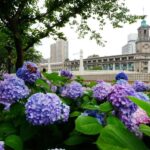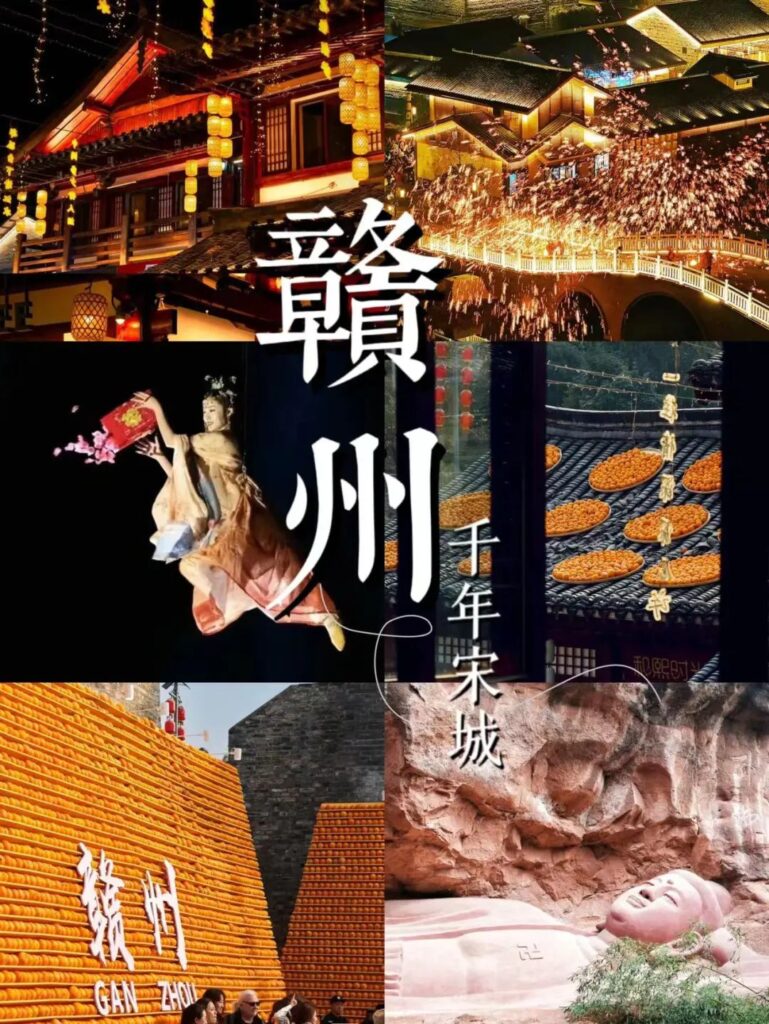
“A city of Ganzhou, half the history of the Song Dynasty.” While many have heard of the famous Ganzhou navel oranges, few have truly understood the city of Ganzhou itself. Today, let’s follow the footsteps of the editor and explore this underestimated historical old city.
I. A Thousand-Year Dream: Jiangnan Song City

Ganzhou is currently the best-preserved city from the Northern Song Dynasty in China. It is also known as the Jiangnan Song City because it is the riverside city with the most relics from the Song Dynasty. The Song City Historical and Cultural Street District is a part of this area and is a must-visit when in Ganzhou!
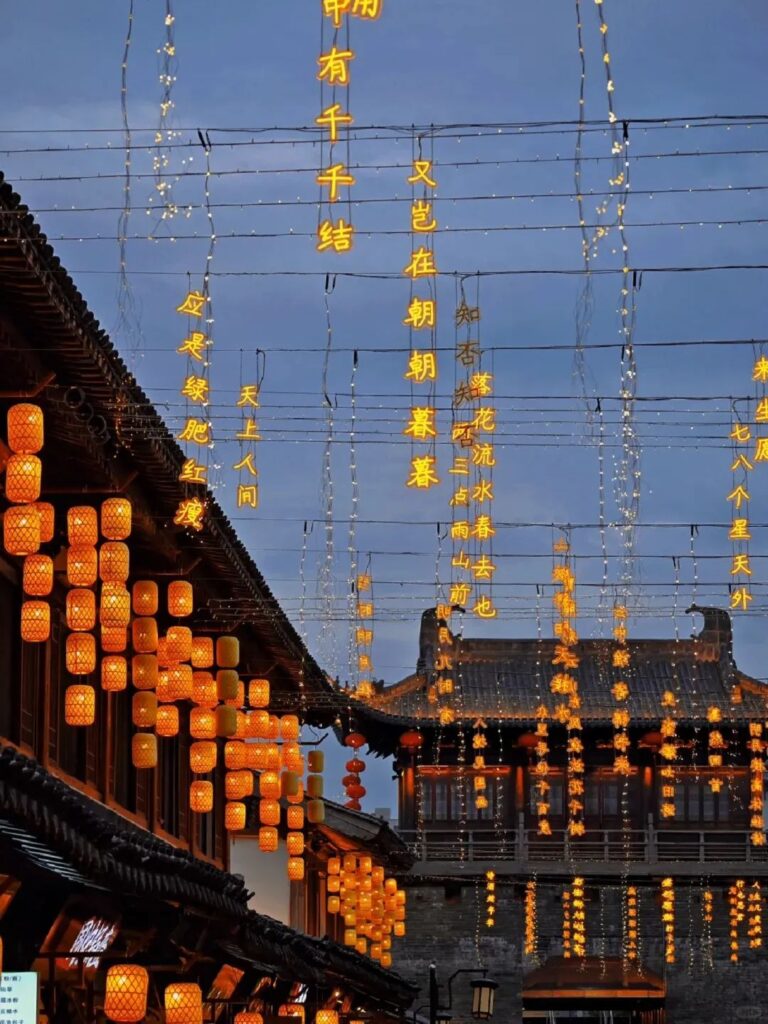
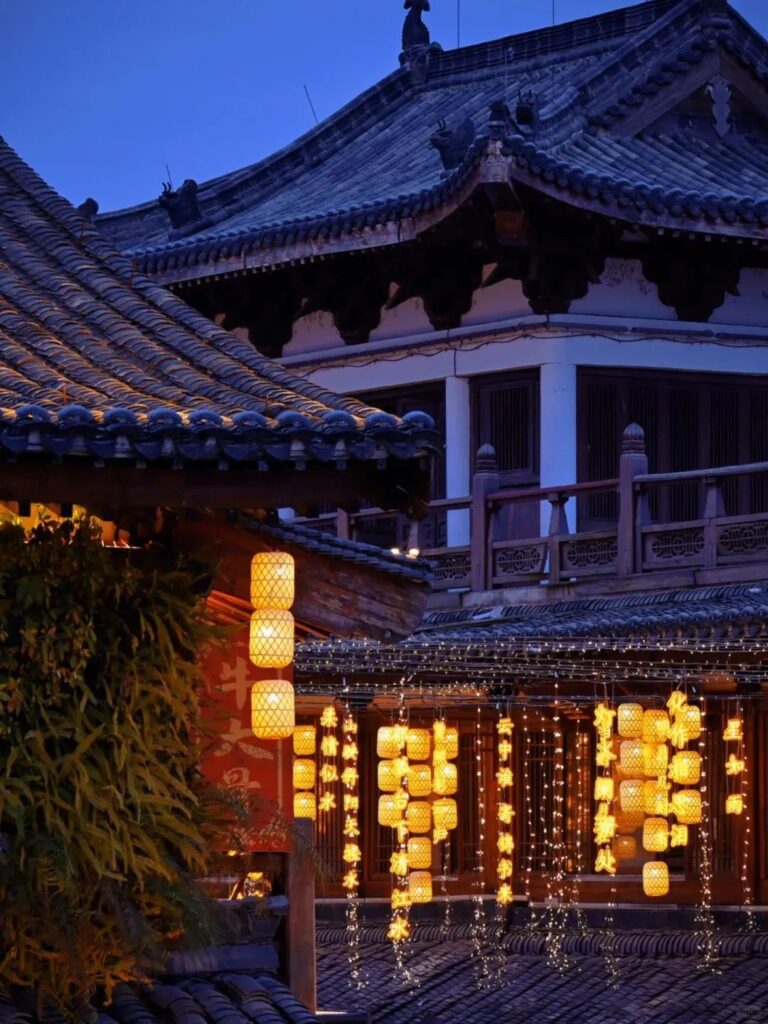
The Song City Historical and Cultural Street not only features ancient Song Dynasty architecture but also displays the Three Hundred Tang Poems hanging in the air. Stroll through the ancient city, stay in the Song Street, observe the Eight Sceneries, and enjoy the pleasures of life.
As night falls, the entire street is illuminated by the hanging poems, creating a dreamy and dazzling atmosphere that transports you back to the Song Dynasty a thousand years ago.
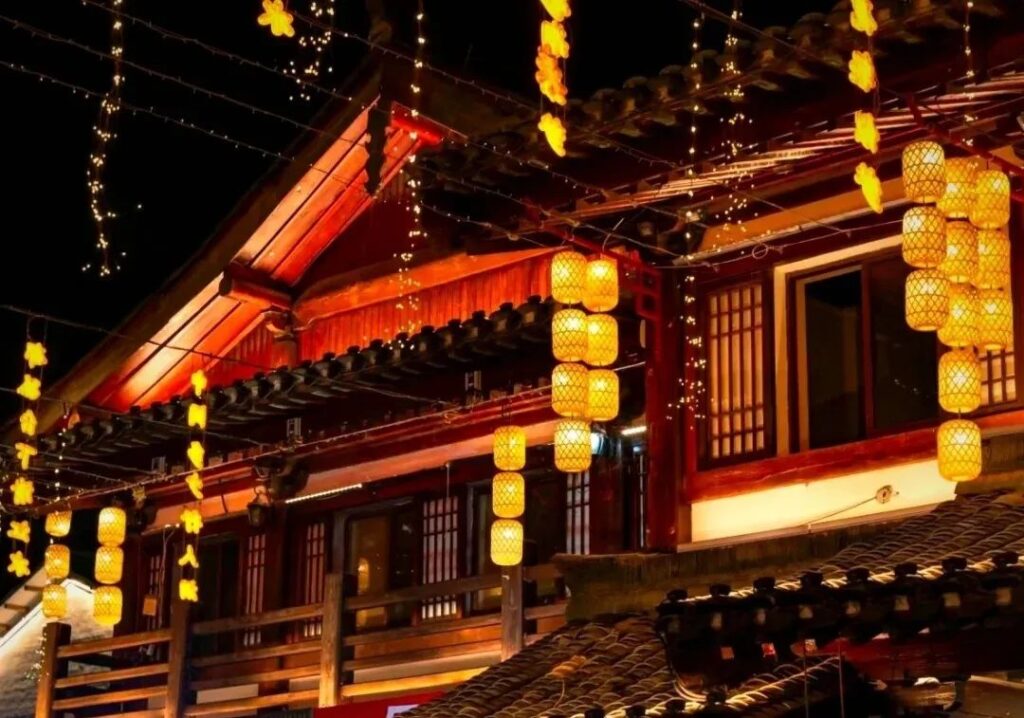
It is recommended to visit in the evening when the lanterns and hanging ancient poems are lit up, creating a lively and prosperous ambiance. For those who love photography, you can even dress up in traditional Chinese clothing (there are shops that offer rentals) for some stunning shots!
II. Ganzhou Ancient City Wall
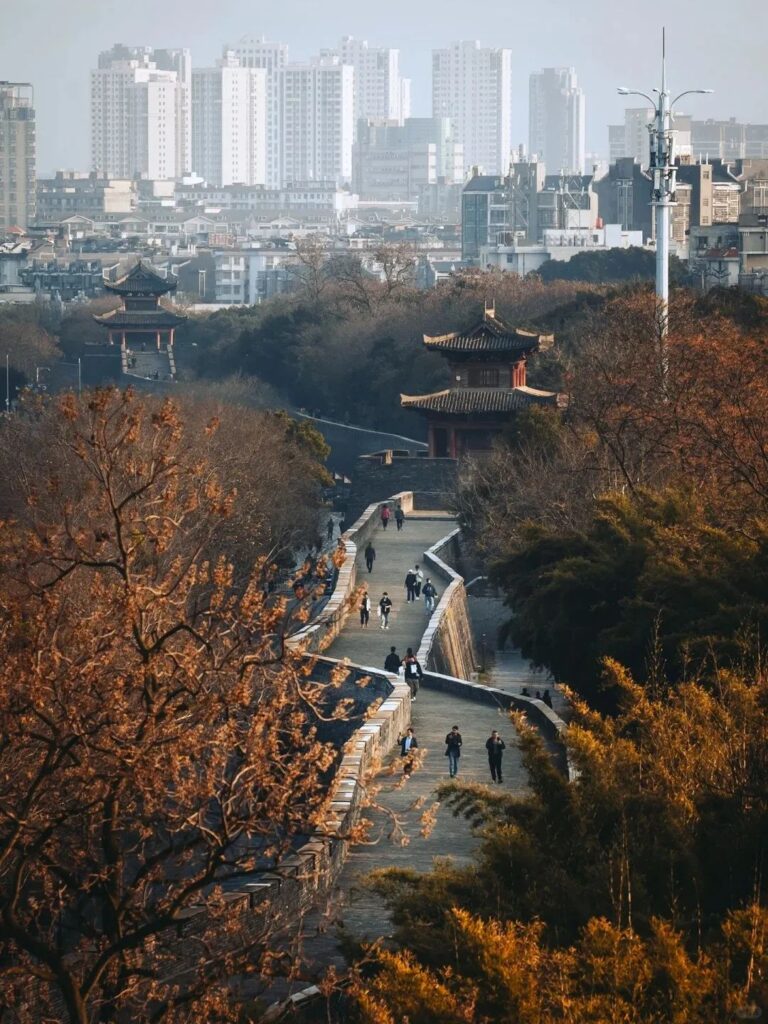
The ancient city wall of Ganzhou is the only completely preserved Song Dynasty city wall with reliable inscriptions from various eras. It has been acclaimed as the “largest ancient city wall in southern China.” The number and variety of inscriptions from different dynasties on the city wall are rare nationwide, earning it the title of “Song City Museum” and making it well worth a visit.
III. Ganzhou Ancient Floating Bridge
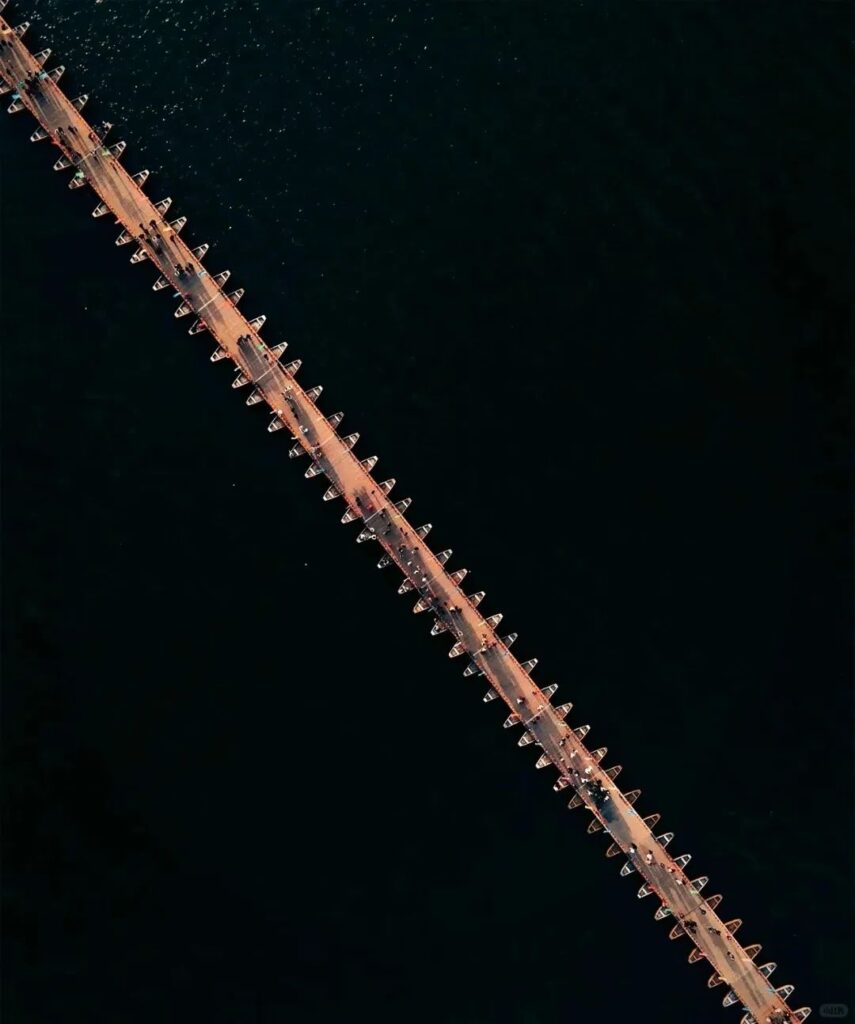
The ancient floating bridge in Ganzhou has a history of nearly a thousand years. The bridge, approximately 400 meters long, connects both sides of the Gong River. It is formed by over 100 small boats connected by cables, making it a unique feature. At the bridgehead, many fishermen still live on boats, showcasing a distinctive lifestyle compared to modern times.
IV. Ganzhou Yugu Tower
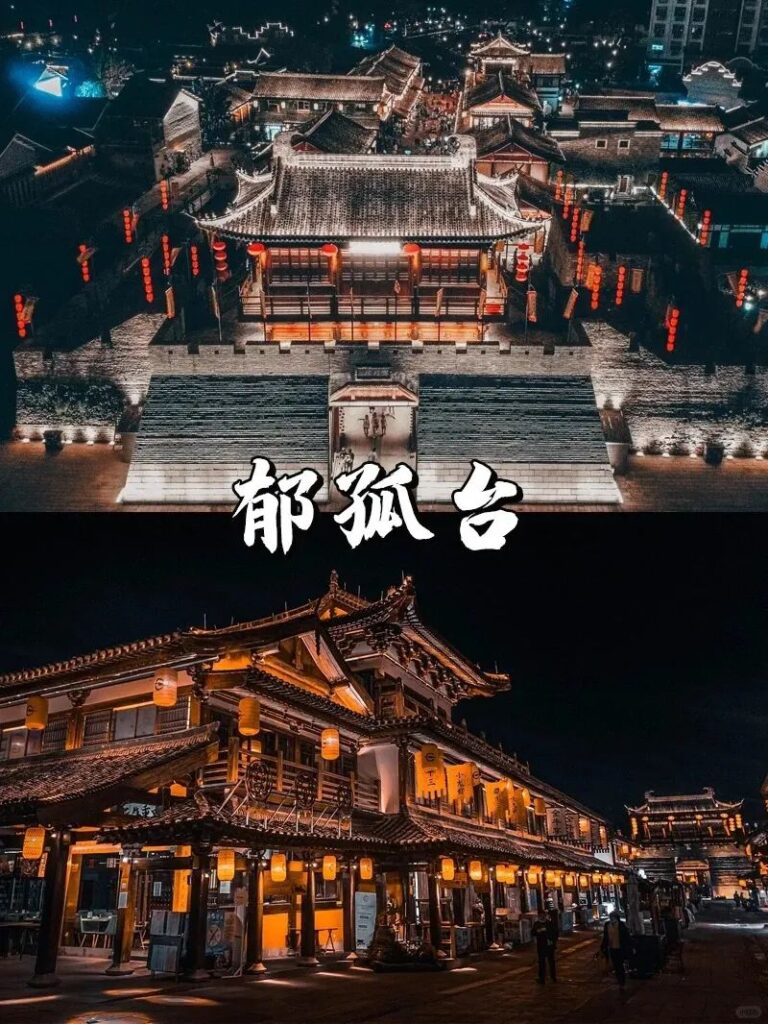
“Beneath the Yugu Tower, the clear river water flows, and in between, countless travelers shed tears.” The famous Southern Song Dynasty poet Xin Qiji left behind his renowned poem “Pusa Man · Writing on the Wall of Jiangxi’s Entrance” during his tenure in Ganzhou, making Yugu Tower world-famous.


Yugu Tower stands at an altitude of 131 meters and is the highest point in the urban area. It got its name from its towering and solitary mountain shape. If you have the chance to visit Ganzhou, be sure to climb the steps of Yugu Tower and take in the same view that Xin Qiji once admired. Reach the summit and enjoy a panoramic view of Ganzhou.
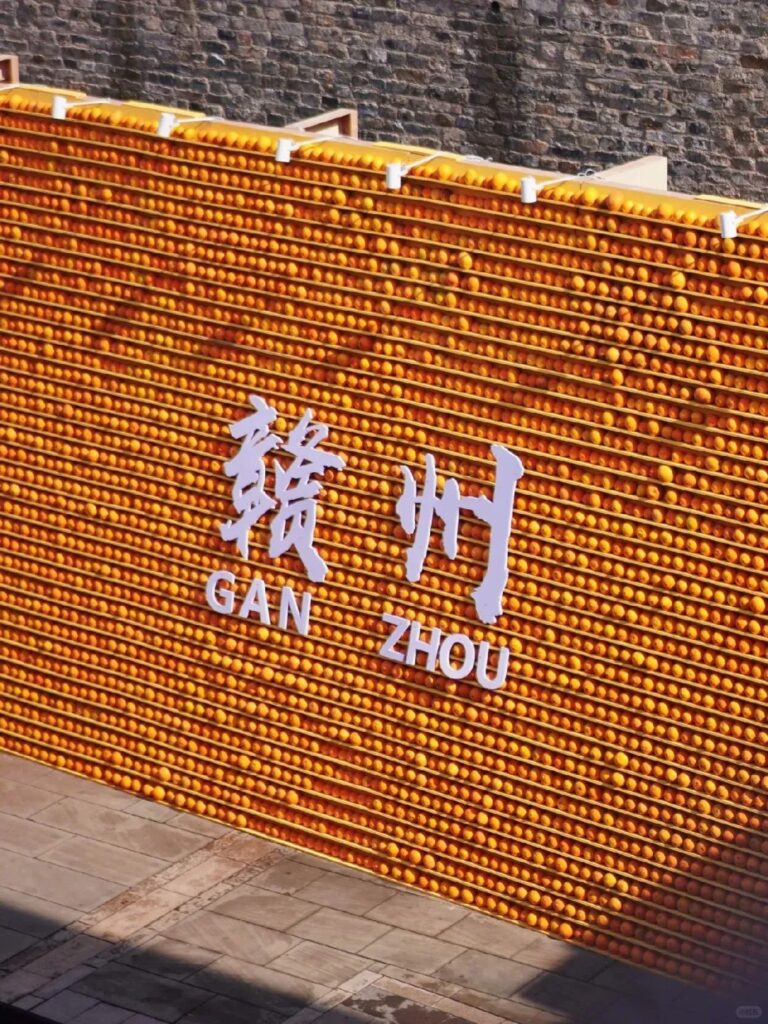

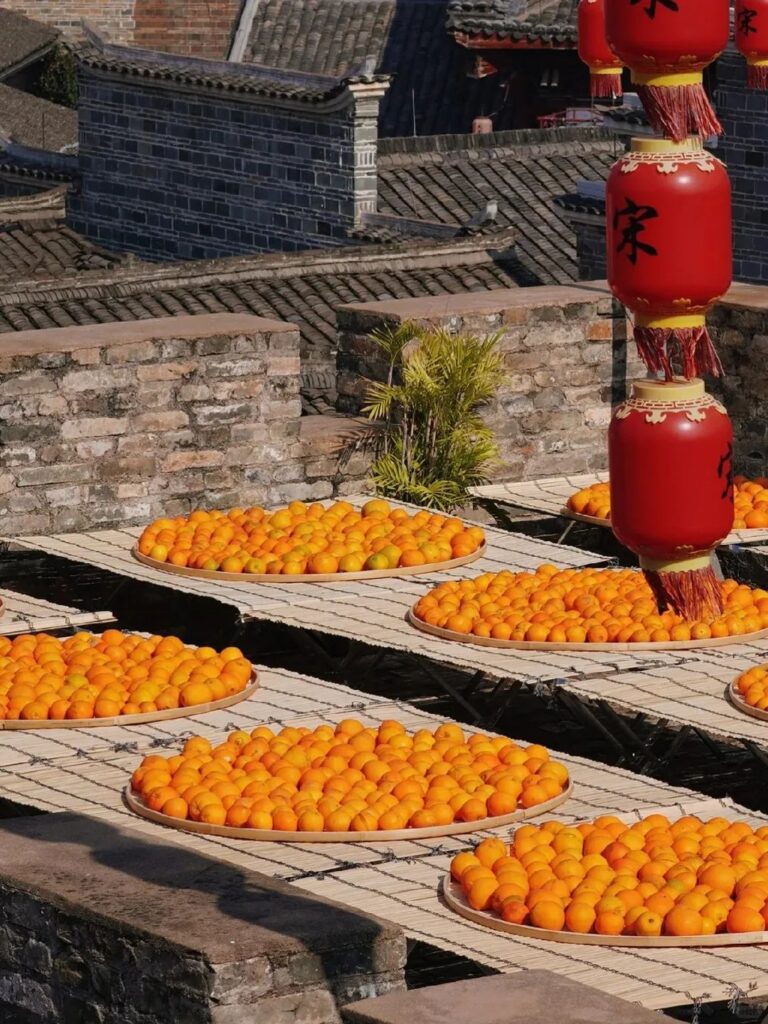
The recently popular “Orange Wall” of Ganzhou is located right here. The Junmen Tower is also open, allowing visitors to climb up the city gate and overlook the “orange” city on the rooftops.
V. Ganzhou Bajing Tower
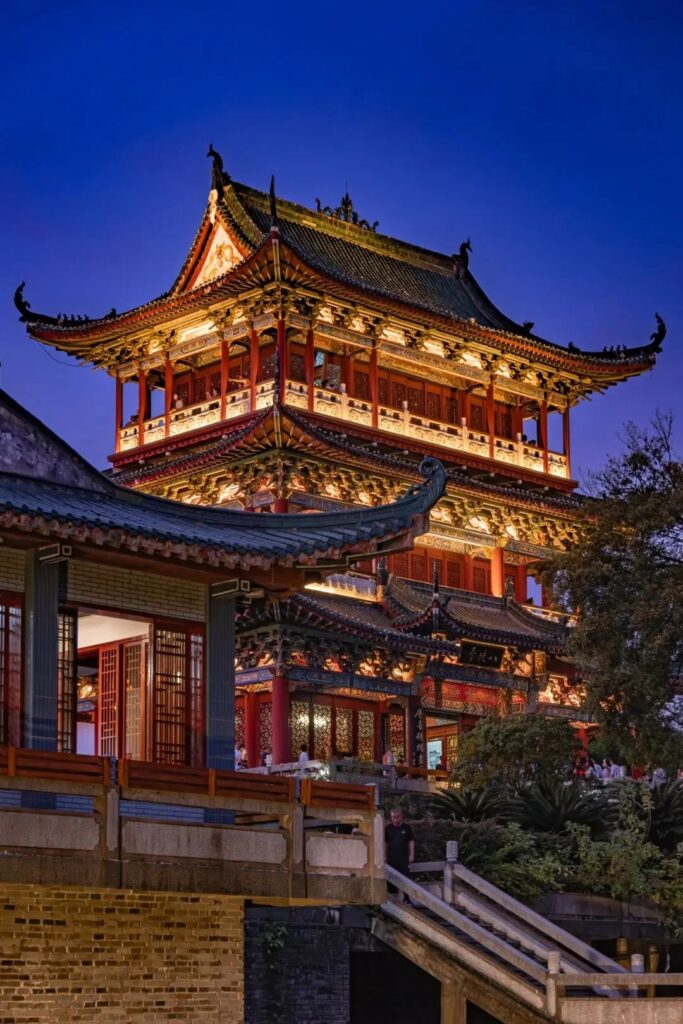
Bajing Tower is situated within Bajing Park and is one of the most famous historical sites in Jiangxi. It was built by Kong Zonghan, a descendant of Confucius during the Song Dynasty, and has a history of over a thousand years. Inside Bajing Tower, you can find the “Eight Sceneries of Ganzhou,” a collection of landscape paintings depicting eight scenic spots in Ganzhou. Don’t miss it if you’re interested!
VI. Ganzhou Standard Clock Tower
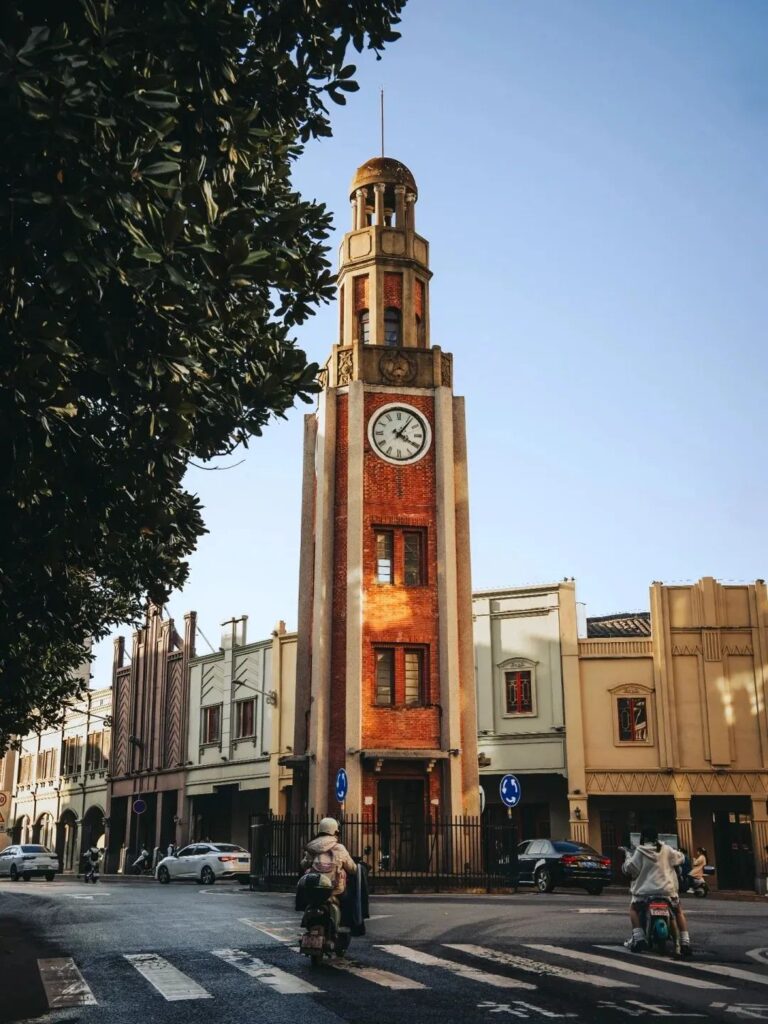
The Standard Clock Tower is a landmark in the old town area and was once used by the people of old Ganzhou to correct their time.
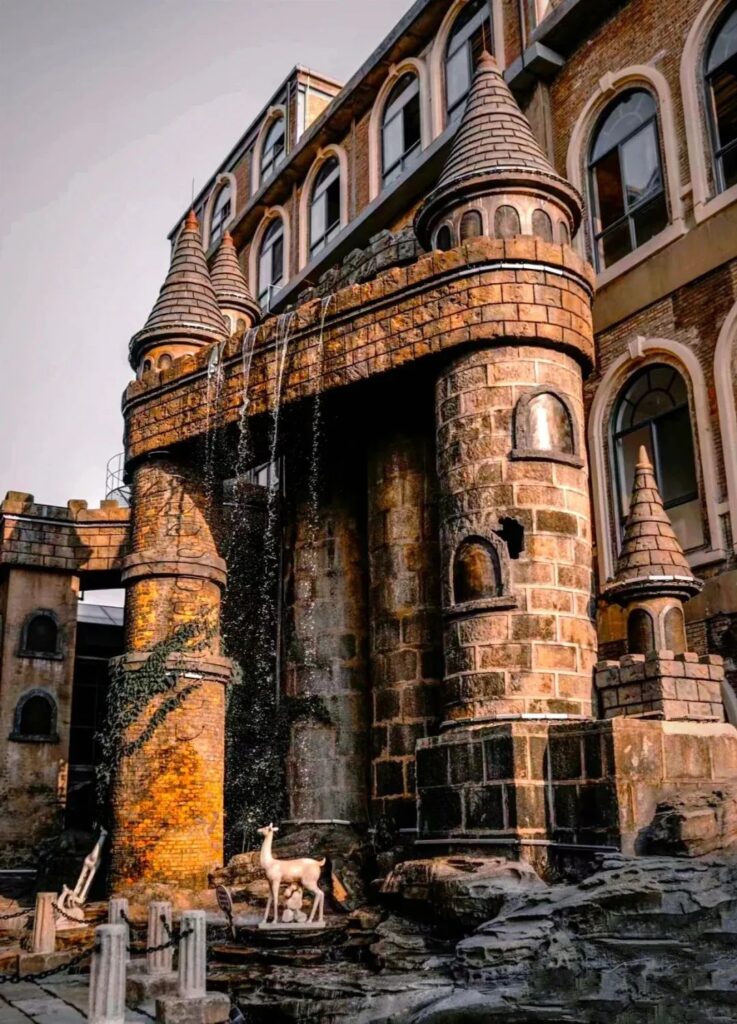
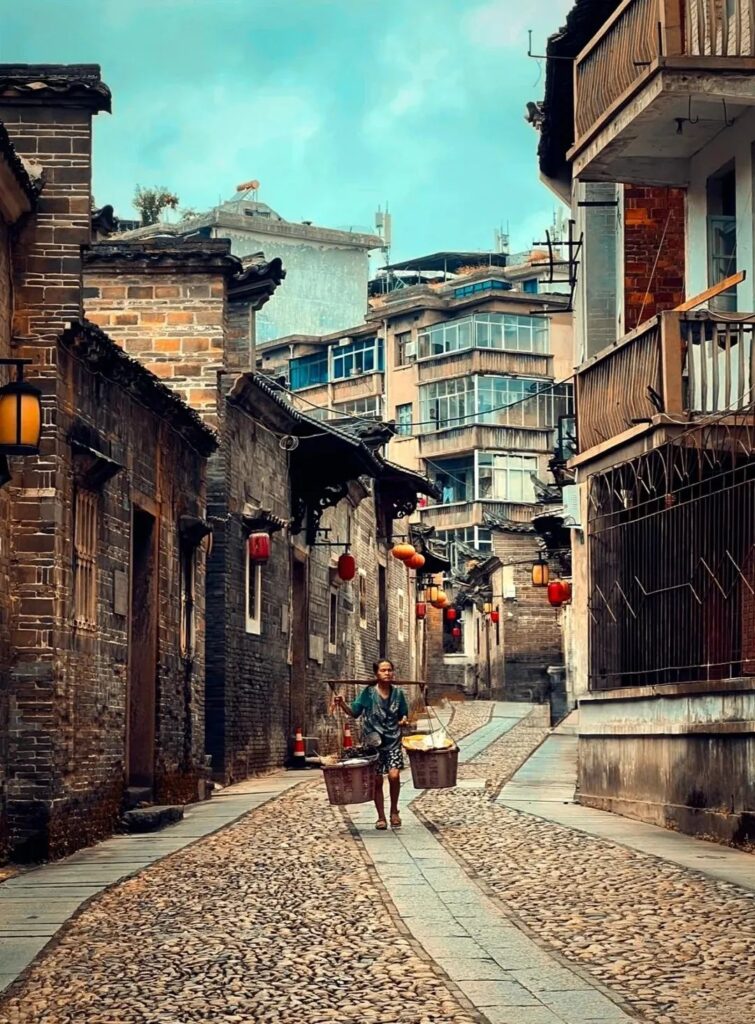
The area around the Standard Clock Tower is filled with Republican-era buildings and continuous arcade buildings, reminiscent of those in Fujian and Guangdong provinces. With fewer tourists, it is a great place to slow down and truly experience the charm of this city. It is also suitable for taking photos and capturing the lingering foreign style.
VII. Ganzhou Tongtian Cave
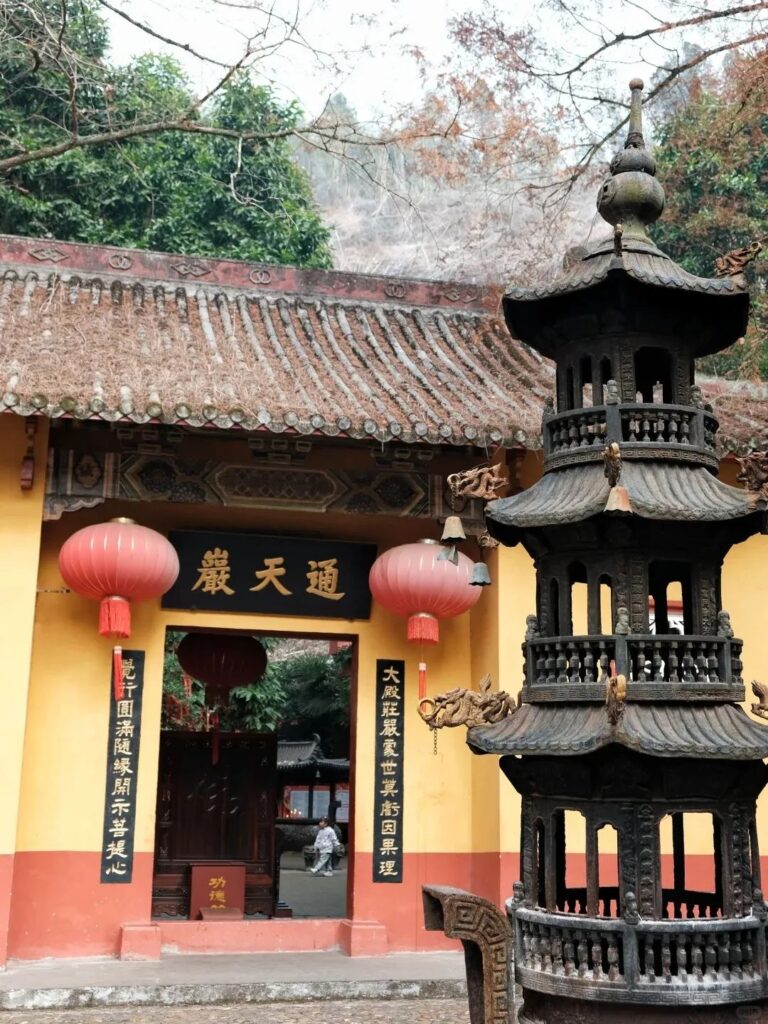
The Tongtian Cave Scenic Area is not far from Song City. The grottoes were excavated during the Tang Dynasty and flourished in the Northern Song Dynasty. To this day, it preserves 359 stone shrine statues and 128 cliff inscriptions from the Tang and Song Dynasties to the Republic of China era. It is known as the “No. 1 Grotto in Southern China.”
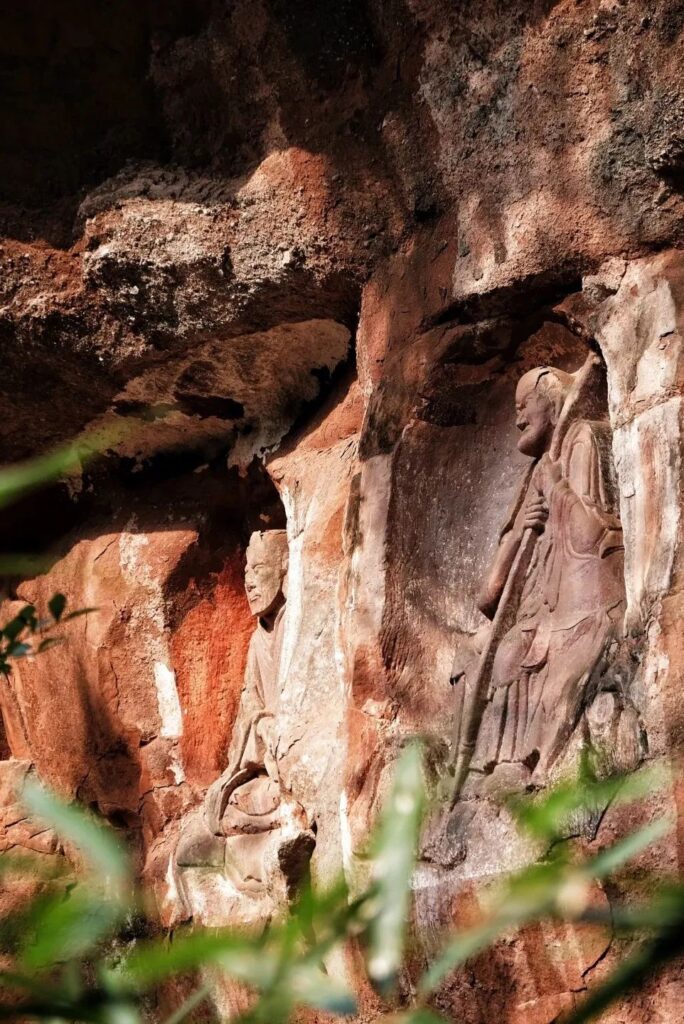

The Tongtian Cave Scenic Area is composed of Mosha Rock Mountain and is a typical Danxia landform scenic area. There are many natural rock caves, one of which is said to lead to the sky through a hole at the top, hence the name Tongtian Cave. When visiting Ganzhou, be sure to set aside half a day for this top grotto in southern China!
